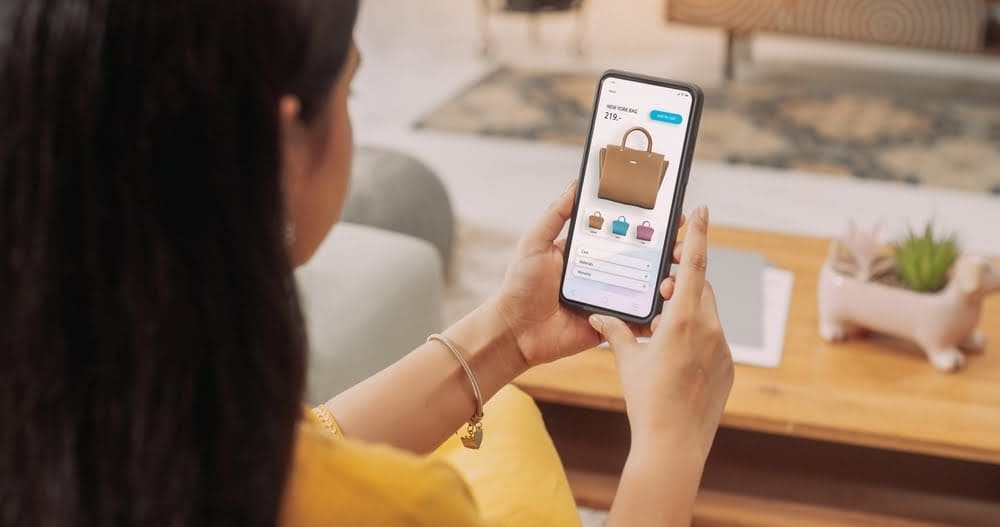When “I want it” isn’t really your own voice
If you’ve ever felt the urge to buy something just because your friends have it, you’re definitely… normal! Social pressure — especially during the teenage years — is very real. You feel that if you don’t have the latest shoes, expensive phone or a premium skin in your game, you’re falling behind.
But how many of these purchases do you truly want? And how many are driven by the desire to fit in? In this article, we explore how peer pressure affects spending and how to make smarter choices.
What is social pressure when it comes to buying?
Social pressure is that invisible voice whispering: “Everyone has it, so you should too.” At school, with friends, and especially online, there’s often an unspoken rule about what’s cool, trendy or acceptable. If you don’t follow it, you might feel left out.
This need to belong is normal — we all want to feel included. The challenge is when this pushes you into purchases that don’t suit you, aren’t necessary, or go beyond your financial means.
The power of social media
Even if no one says it out loud, your feed is screaming: “Buy this now!” Whether it’s influencers, YouTubers, or just friends showing off their latest purchases, the result is the same — you start comparing.
It’s not always envy. Sometimes it’s just FOMO — the fear of missing out. That fear can lead to impulse buys you may later regret.
The emotional cost of impulsive spending
Beyond the money spent, there’s a psychological cost. Buying something just to avoid feeling left out might give you a temporary high, but it doesn’t last. Soon after, you might feel regret, disappointment, or even embarrassment.
Many teens admit to buying things they didn’t really like, use, or value. These choices can make you doubt yourself and create stress around money.
How to handle peer pressure
You can’t completely avoid comparison, but you can learn how to manage it.
Start by asking yourself whether you truly want the item — or if you’re just copying others. Not sure? Give it 1–2 days before buying. If you still want it, it might be worth it.
Remember: saying “no” to a trend isn’t losing — it’s a form of strength. It shows maturity and self-awareness.
And the more you discover your own identity, the less you’ll feel the need to chase what everyone else is doing. When you know your style, your values, and what truly brings you joy, shopping becomes more about you, not them.
How Woli helps
Woli gives you real control over your money. With your own debit card, you can track your spending, set savings goals, and earn money from tasks your parents assign you. Plus, you can learn key financial skills with Woli Academy.
This way, you build confidence and responsibility without missing out on the fun of spending on what you love — wisely.
In summary: Buy to express, not impress
It’s okay to want to fit in. But you don’t need the same gadgets, shoes or clothes to feel valuable. What truly makes you stand out is how you choose to spend your money.
Next time you catch yourself thinking, “Everyone has it,” pause and ask:
“Do I really want it — or am I just afraid of feeling left out?”
That one question could save you from many regrets — and bring you closer to what actually matters.
Try the Woli Debit Card and teach your child financial responsibility in a fun way! Download the Woli app on Android or iOS, follow the steps to add your child, and get 30 DAYS FREE on the premium BASIC subscription and a FREE physical Woli card!









